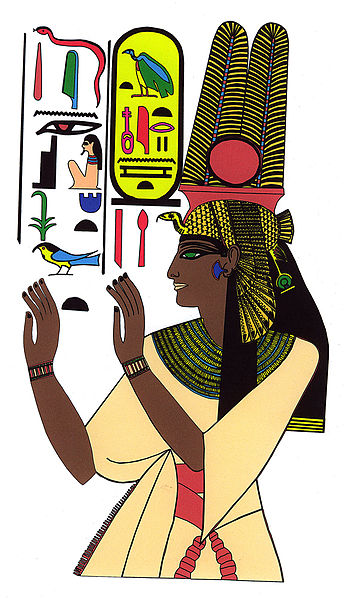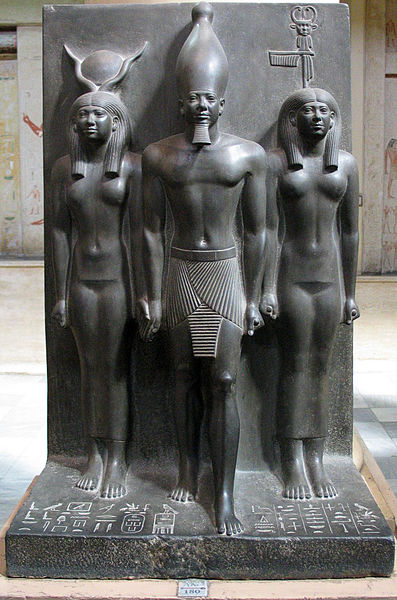The Black Pharaos

In its early days, Northern Egypt was shaped by the culture of Mesopotamia, the land between Euphrates and Tigris. Findings in Upper Egypt, however, show a close connection to the culture of sub-Saharan Africa. Nubians and Ethiopians shaped the southern part of the empire. With the unification of both kingdoms, the influences of the peoples to the north and to the south of the Sahara Desert intermingled. The riches of the continent’s inside such as gold, exotic animals, tools as well as the import of slaves from Nubia caused the wealth of the Old Empire. In Egypt’s Late Period, the sub-Saharan Africans from Nubia came into power.
The Nubians take control over Egypt

The time of the black Pharaohs was shaped by the African culture. Music and dance played a bigger part at court and the worshipping of the ancestors became more important. The most famous ruler was Taharqa. He made his mark with the buildings he had constructed between the Nile River Delta and Nubia. He was forced to defend Egypt against the Assyrians, but lost the crucial battles. After the black Pharaohs, the empire was ruled by the Libyans first and by the Greeks later. They caused Egypt’s orientation to the world of Mediterranean Sea. They built large cities in the Nile River delta, and Upper Egypt’s influence disappeared. From that period date most reports that shape our views of the pharaoh empire today. Yet, the more we come to know about the early history, the more we’ll be able to understand the African origins of this empire! On the left you see Mykerinos with Goddes Hathor.

